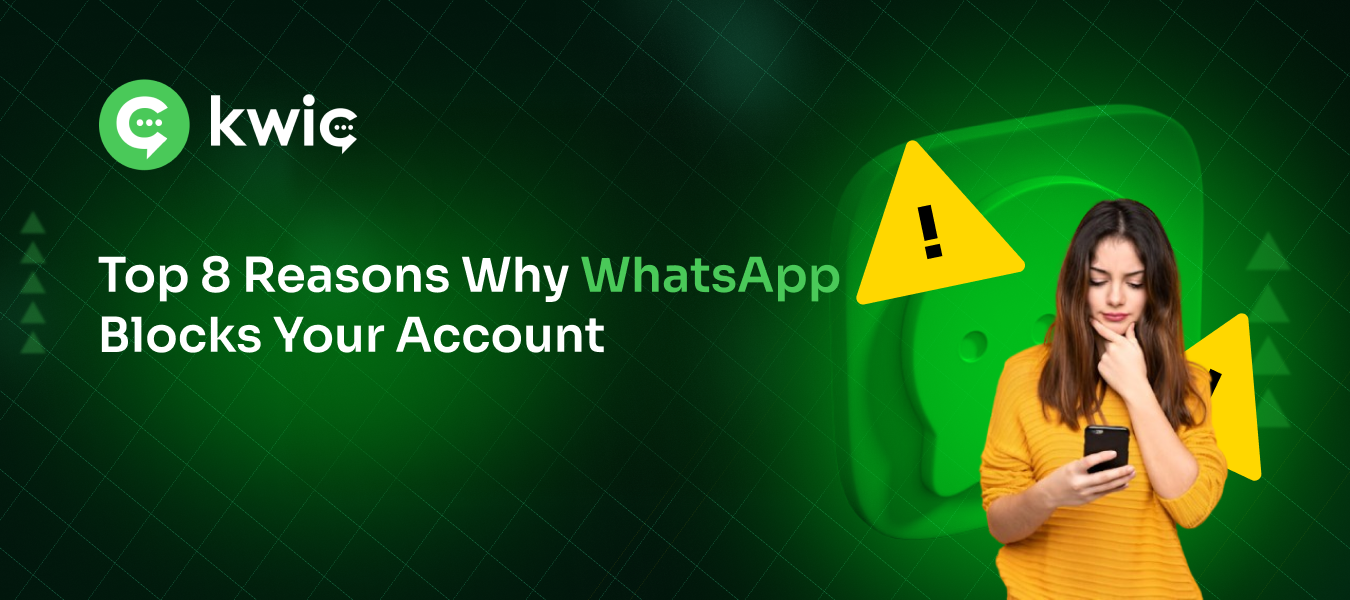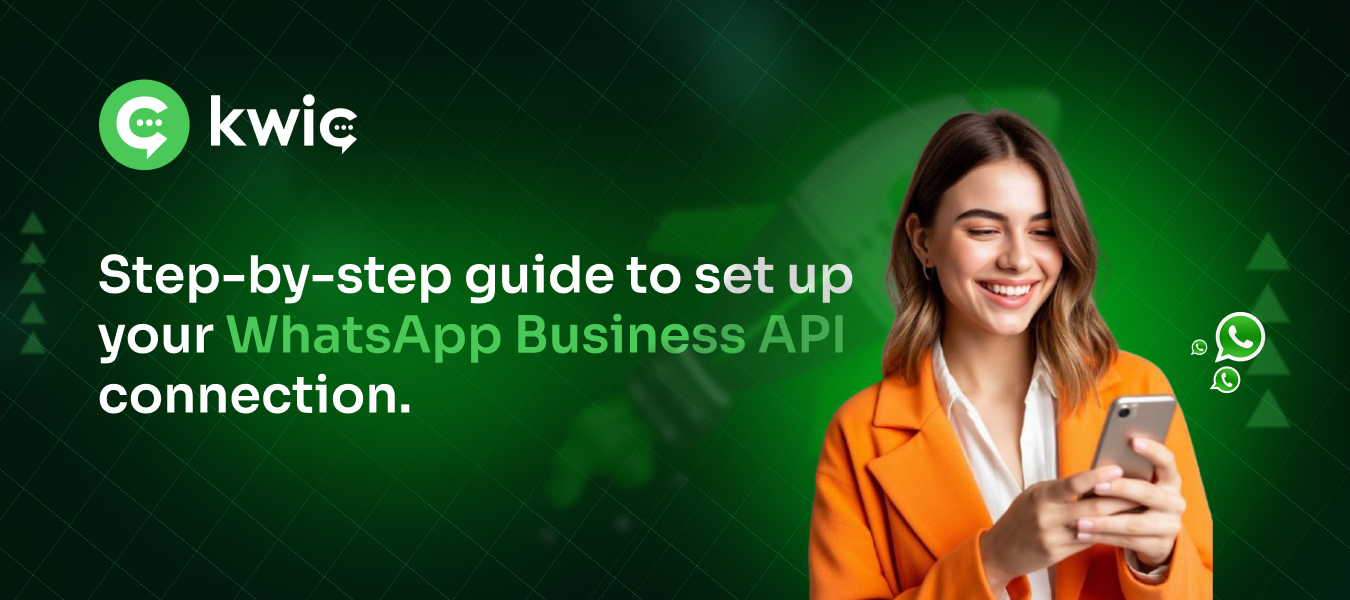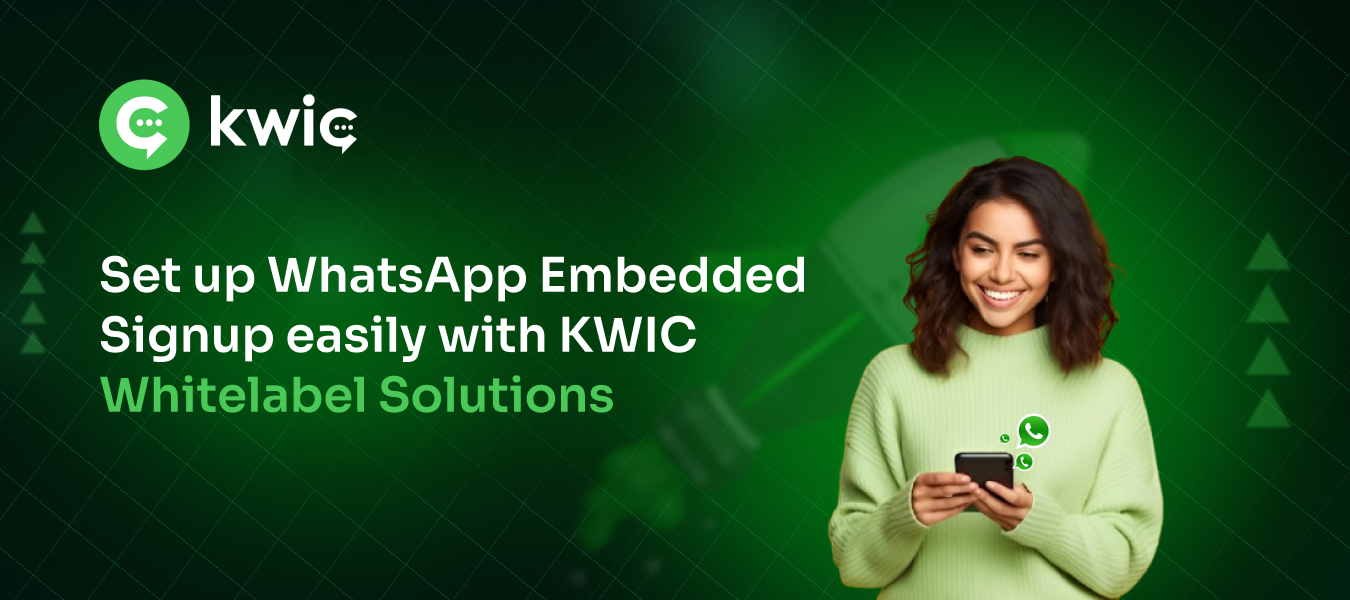WhatsApp has become an essential communication tool for billions of users worldwide, but account blocks can happen unexpectedly. Understanding why accounts get blocked and knowing how to resolve these issues is crucial for maintaining uninterrupted communication. This comprehensive guide will walk you through the most common reasons for WhatsApp blocks and provide practical solutions to get your account back.
Understanding WhatsApp Account Blocks
When your WhatsApp account is blocked, you’ll typically see the message “This account is not allowed to use WhatsApp” or “This phone number is banned from using WhatsApp.” These blocks can be temporary or permanent, depending on the severity of the violation and your account history.
8 Primary Reasons for WhatsApp Account Blocks
1.Excessive User Reports and Blocks
One of the most common triggers for an official WhatsApp ban is receiving too many reports from other users. When multiple people block or report your account within a short timeframe, WhatsApp’s automated systems flag your number as potentially problematic.
Why this happens:
- Sending unwanted messages to multiple contacts
- Sharing inappropriate content
- Engaging in harassment or spam behavior
- Using your account for commercial purposes without proper authorization
2. Unsolicited Mass Messaging
WhatsApp actively monitors messaging patterns to prevent spam. Sending bulk messages to people who haven’t saved your number or consented to receive messages from you is a major red flag.
Common scenarios:
- Marketing messages to random numbers
- Promotional content to non-contacts
- Chain messages or forwards to large groups of strangers
- Automated messaging without user consent
3. Sharing Malicious Content or Suspicious Files
WhatsApp’s security systems automatically scan shared files for potential threats. Accounts that distribute malware, viruses, or other harmful content face immediate suspension.
High-risk activities:
- Sharing executable files (.exe, .apk) from unknown sources
- Distributing modified apps or software
- Sending files that trigger security warnings
- Sharing content that could compromise device security
4. Rapid Group Joining Activity
Joining numerous WhatsApp groups in a short period can trigger bot detection algorithms. This behavior mimics automated account activity, leading to temporary or permanent blocks.
Problematic patterns:
- Joining 10+ groups within hours
- Accepting multiple group invitations simultaneously
- Participating in group-adding chains
- Using third-party tools to join groups automatically
5. Account Impersonation and Fake Profiles
WhatsApp strictly prohibits creating accounts using false information or impersonating others. This includes using someone else’s photos, names, or personal details.
Violation examples:
- Using celebrity photos as profile pictures
- Pretending to be a public figure or authority
- Creating business accounts with false credentials
- Copying another user’s profile information
6. Using Modified WhatsApp Applications
Third-party WhatsApp modifications like GB WhatsApp, WhatsApp Plus, or other unofficial versions violate WhatsApp’s terms of service and can result in account suspension.
Popular but prohibited apps:
- GB WhatsApp
- WhatsApp Plus
- FM WhatsApp
- YoWhatsApp
- Any other modified version
7. Unauthorized Data Collection
WhatsApp takes user privacy seriously and prohibits any form of unauthorized data extraction or collection from the platform.
Prohibited activities:
- Scraping contact information
- Collecting profile pictures or status updates
- Using bots to gather user data
- Extracting group member information
- Any form of automated data harvesting
8. Terms of Service Violations
Beyond specific actions, general violations of WhatsApp’s community guidelines can result in account suspension.
Common violations:
- Sharing hate speech or discriminatory content
- Sending threatening or harassing messages
- Distributing illegal content
- Engaging in fraudulent activities
- Violating intellectual property rights
How to Unblock Your WhatsApp Account
If your account has been blocked, there are several methods you can try to regain access:
Method 1: Wait and Re-register
For temporary blocks:
- Wait 24-48 hours for temporary restrictions to lift
- Uninstall and reinstall WhatsApp
- Re-register using the same phone number
- Enter the verification code when prompted
For longer suspensions:
- Wait the full suspension period (usually 7-30 days)
- Attempt re-registration after the waiting period
- Ensure you understand and will comply with terms of service
Method 2: Direct Appeal Through WhatsApp
Step-by-step process:
- Download and install the official WhatsApp app
- Enter your blocked phone number
- When prompted, tap “Support” or “Contact Us”
- Fill out the appeal form with accurate information
- Provide any supporting documentation
- Wait for WhatsApp’s response (typically 1-3 business days)
Method 3: Email Support
Contact information:
- Personal accounts: Use WhatsApp’s online contact form
- Business accounts: Contact WhatsApp Business support
- Provide detailed explanation of the situation
- Include relevant screenshots or evidence
- Be honest about any potential violations
Method 4: Switch to WhatsApp Business
If your personal account remains blocked, consider:
- Creating a WhatsApp Business account
- Using a different phone number
- Ensuring strict compliance with business policies
- Avoiding any activities that led to the original block
Prevention: Using WhatsApp Responsibly
Best Practices for Account Safety
Communication Guidelines:
- Only message people who have your contact information
- Obtain consent before adding people to groups
- Respect others’ privacy and boundaries
- Avoid forwarding unverified information
Content Sharing Rules:
- Verify information before sharing
- Avoid forwarding chain messages
- Don’t share copyrighted content without permission
- Be cautious with file sharing
Group Management:
- Use group admin controls effectively
- Remove inactive or problematic members
- Set clear group guidelines
- Monitor group activity regularly
Account Security Measures
Protect your account:
- Enable two-step verification
- Use strong, unique passwords
- Keep your app updated
- Avoid sharing your verification codes
- Log out from WhatsApp Web when not in use
Regular maintenance:
- Review your blocked contacts list
- Clean up old conversations
- Check privacy settings periodically
- Monitor your account for unusual activity
What to Do While Your Account is Blocked
Alternative Communication Methods
Temporary solutions:
- Use other messaging apps (Telegram, Signal, etc.)
- Communicate via email or SMS
- Use social media direct messages
- Make phone calls for urgent matters
Inform your contacts:
- Let friends and family know about the block
- Provide alternative contact methods
- Set up auto-responses if possible
- Keep important contacts updated on your situation
Learning from the Experience
Self-assessment:
- Review what led to the block
- Identify behaviors to avoid in the future
- Understand WhatsApp’s community guidelines better
- Develop better digital communication habits
Long-term Account Health
Building a Positive Reputation
Gradual re-engagement:
- Start with small, trusted contact groups
- Avoid mass messaging initially
- Build trust through consistent, appropriate behavior
- Gradually increase activity levels
Monitoring and maintenance:
- Regular review of your messaging patterns
- Stay updated on WhatsApp policy changes
- Participate in community discussions responsibly
- Report spam and inappropriate content you receive


